
Bartolomeo Francesco Rastrelli was a brilliant Italian architect who became the greatest master of Russian architectural art of all times
Bartolomeo Francesco Rastrelli (1697 - April 29, 1771) was a famous Italian architect of the 18th century and an outstanding representative of the late Baroque style. He gained worldwide fame for creating luxurious palaces in Russia during the reign of Empress Elizabeth Petrovna. The masterpieces of his creativity are rightfully considered unique examples of Russian architectural art, and the biography of the great artist is filled with interesting facts and vivid events.
Bartolomeo Francesco Rastrelli is often confused with his father, Bartolomeo Carlo Rastrelli, who, unlike his son, devoted most of his professional career to sculpture and created the first equestrian monument in Russia. Nevertheless, both of them made a significant contribution to the development of national culture and will forever be remembered as great masters of the arts.
Biography of Bartolomeo Francesco Rastrelli
Bartolomeo Francesco Rastrelli was born in 1697 (according to other sources - in 1700) in Paris, where his father served at the court of Louis XIV. Unfortunately, historians have not been able to establish the exact date of the architect's birth. From an early age, the boy was interested in drawing and helped his father in the workshop, but Louis XIV did not generously patronize Rastrelli senior with orders. After the death of Louis XIV in 1715, the experienced sculptor found himself on the brink of bankruptcy, so he gladly accepted the offer of Tsar Peter I to move to permanent work in the Russian Empire. In the spring of 1716, Rastrelli senior, together with his family, arrived in St. Petersburg and settled not far from the city center.
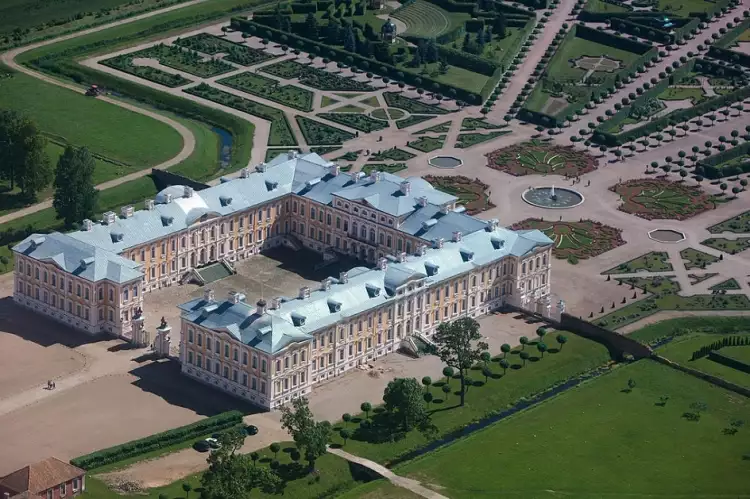 Bartolomeo Francesco Rastrelli. Rundale Palace, 1736-1740
Bartolomeo Francesco Rastrelli. Rundale Palace, 1736-1740
For five years, Bartolomeo Francesco worked with his father on creating several palaces for the illustrious Prince Menshikov, the all-powerful favorite of the Russian emperor, after which he went to Europe to study the art of architecture. Returning a year later to St. Petersburg, the younger Rastrelli began his independent career as an architect, but he did not achieve significant success in his profession, contenting himself with modest commissions until the late 1720s. Nevertheless, the young Italian architect gained recognition among the capital's elite, and then a fortunate coincidence brought him together with the all-powerful Biron, the favorite of Anna Ioannovna, who ascended the Russian throne in 1730.
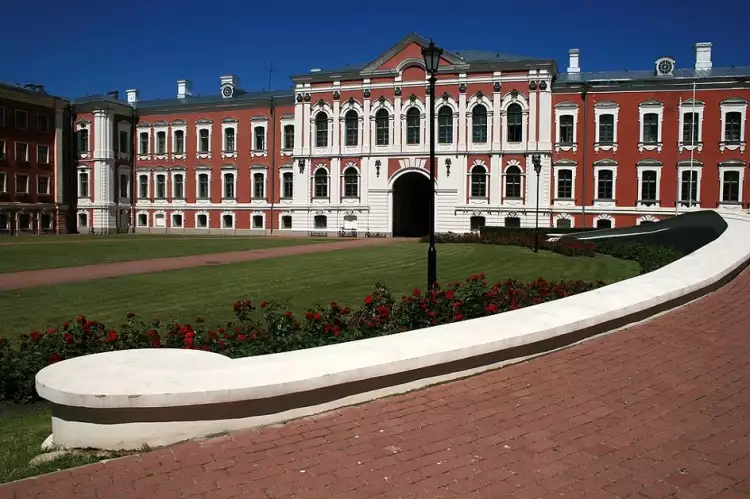 Bartolomeo Francesco Rastrelli. Mitava Palace, 1738-1740
Bartolomeo Francesco Rastrelli. Mitava Palace, 1738-1740
Having wielded immense power, the Duke recognized Rastrelli as a great master and entrusted him with building two palaces in Courland (in the territory of modern-day Latvia). Bartolomeo brilliantly handled this important task, earning the favor of Biron and soon being presented to the Russian Empress. At the behest of Anna Ioannovna in the early 1740s, he visited Moscow several times to study the ancient masterpieces of national architecture. After these trips, the master finally developed his own architectural style, which would bring him well-deserved recognition in the future.
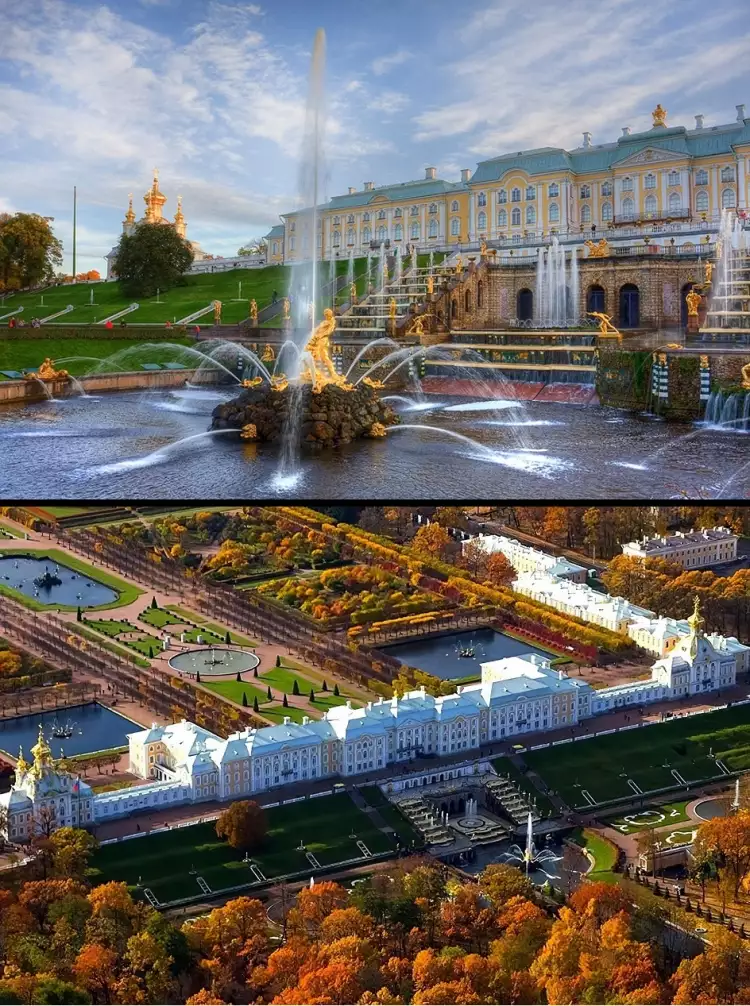 Bartolomeo Francesco Rastrelli. Great Peterhof Palace, 1747-1756
Bartolomeo Francesco Rastrelli. Great Peterhof Palace, 1747-1756
The peak of Rastrelli's creativity coincided with the years of Elizabeth, the daughter of Peter the Great, who ascended the Russian throne after the palace coup in December 1741. At that time, Bartolomeo had been serving as the court architect for several years, and he was assigned to build a series of grand palaces for the Empress.
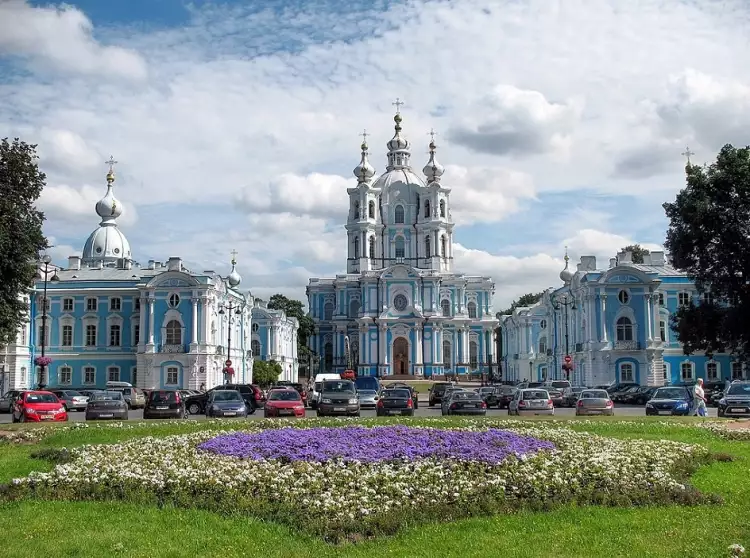 Bartolomeo Francesco Rastrelli. Smolny Monastery in St. Petersburg, 1748-1764
Bartolomeo Francesco Rastrelli. Smolny Monastery in St. Petersburg, 1748-1764
Over the next two decades, Bartolomeo Francesco Rastrelli created most of his famous masterpieces. He became a highly respected person, amassed a considerable fortune, and designed the grand project of the tallest bell tower in Russia in front of the Smolny Convent in St. Petersburg. However, the sudden death of the 52-year-old Empress Elizabeth in December 1761 shattered the artist's plans. Catherine II soon ascended to the Russian throne and had a negative attitude towards Rastrelli's architectural style. The Empress brought young architect Antonio Rinaldi close to her, appointing him as the court architect.
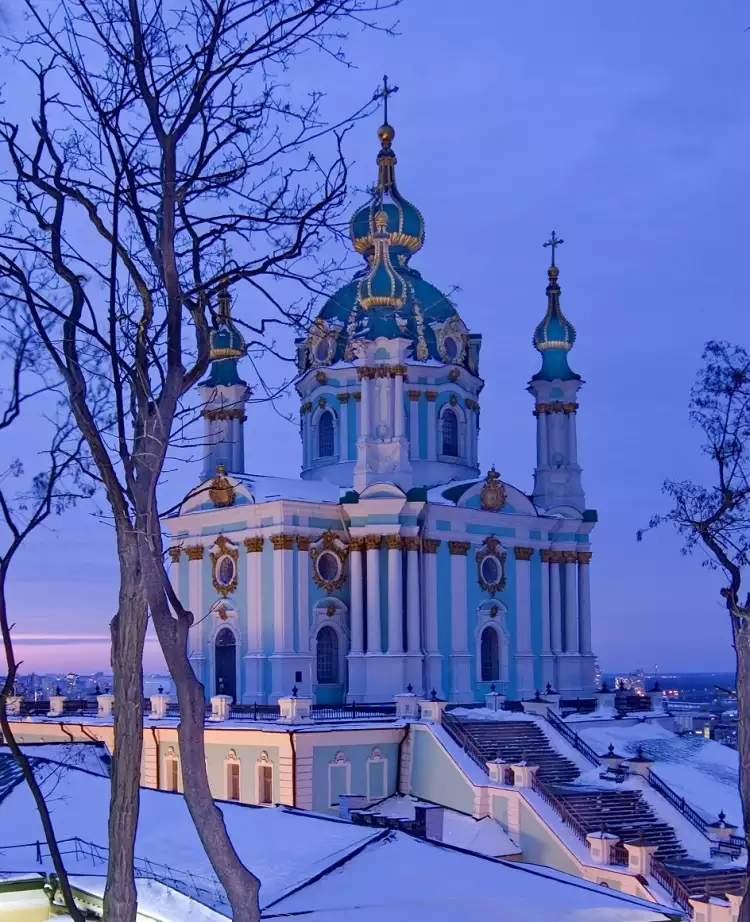 Bartolomeo Francesco Rastrelli. St Andrew's Church in Kiev, 1748-1767
Bartolomeo Francesco Rastrelli. St Andrew's Church in Kiev, 1748-1767
In a very short time, Rastrelli's life changed beyond recognition. He stopped receiving orders from the imperial court, lost his social status, and began facing serious financial problems. In despair, he submitted a request for resignation to the Empress and was immediately dismissed from service with an annual pension of 1000 rubles for his services to the country.
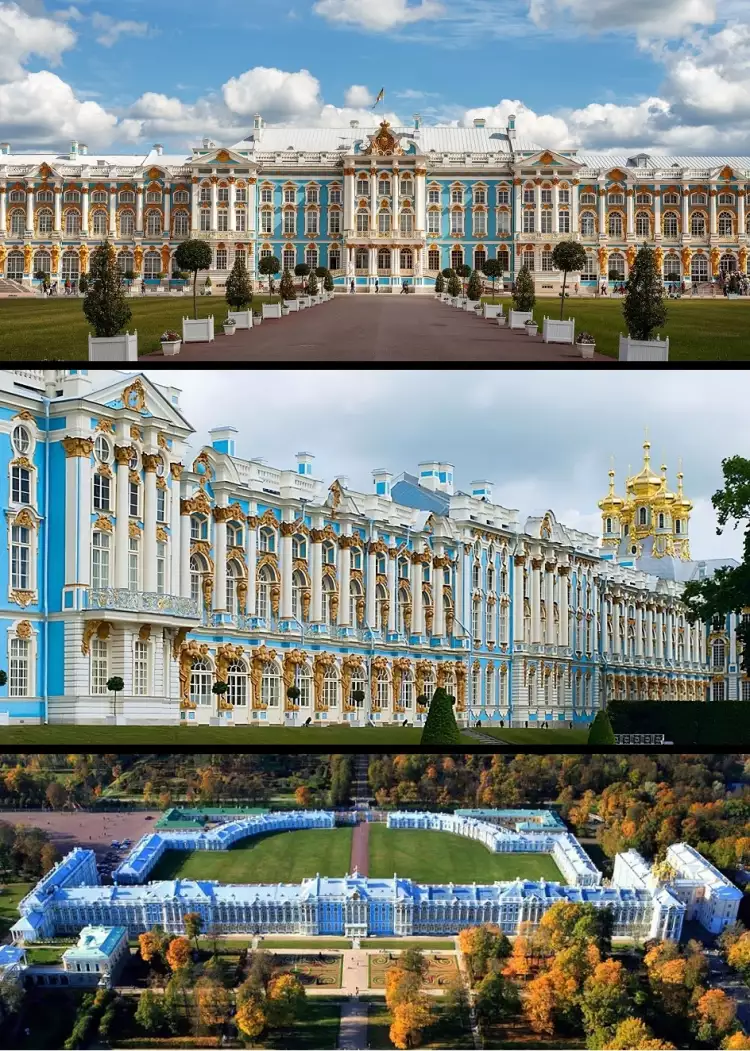 Bartolomeo Francesco Rastrelli. Grand Catherine Palace in Tsarskoye Selo, 1752-1756
Bartolomeo Francesco Rastrelli. Grand Catherine Palace in Tsarskoye Selo, 1752-1756
The elderly master went to Europe in search of new patrons, but his efforts proved to be fruitless. After visiting Italy and Prussia, in 1763, Rastrelli arrived in Courland, where the returning Duke Biron welcomed him after a long period of exile. In his final years, the master worked on the reconstruction of two luxurious palaces he had previously built. Forgotten by everyone, Francesco Bartolomeo Rastrelli passed away on April 29, 1771, in Biron's estate and was buried at the cemetery of the town of Mitava next to his wife; his tomb has not survived to this day.
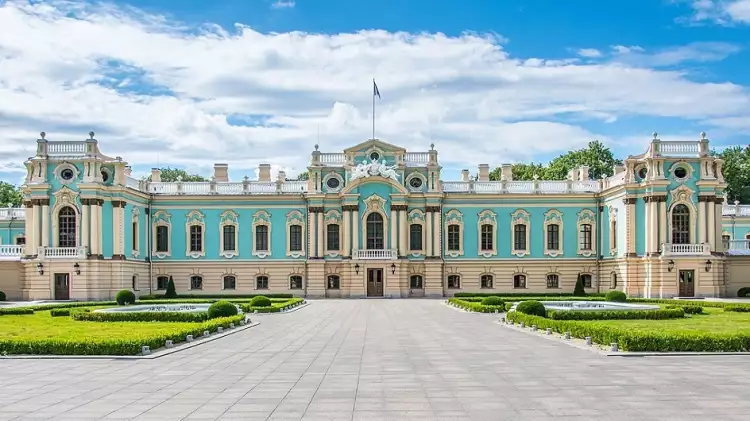 Bartolomeo Francesco Rastrelli. Mariinsky Palace in Kiev, 1752
Bartolomeo Francesco Rastrelli. Mariinsky Palace in Kiev, 1752
The Most Famous Works of Bartolomeo Francesco Rastrelli
The brilliant Italian master created many beautiful architectural works during his lifetime. Among the most famous works of Bartolomeo Francesco Rastrelli are:
- The Grand Peterhof Palace (1747-1756) - a monumental structure on the shores of the Gulf of Finland, rebuilt by the architect in the style of the Versailles royal residence. This luxurious masterpiece of Russian architecture with numerous halls, staircases, and columns was destroyed during World War II and was fully restored only by the end of the 1960s.
- The Grand Catherine Palace in Tsarskoye Selo (1752-1756) - the building that houses the world-famous Amber Room. More than 100 kilograms of pure gold were spent on the decoration of the facade of the building and the sculptures installed on the roof.
- Mariinsky Palace in Kyiv (1752) - the official residence of the President of Ukraine for receiving high-ranking foreign guests since 2018. The historic building is located in the center of the capital on the banks of the Dnieper, next to the Verkhovna Rada.
- The Winter Palace in St. Petersburg (1754-1762) - the former winter residence of the Russian emperors from 1762 to 1902. Today, the building houses the vast collection of the main funds of the world-renowned museum State Hermitage.
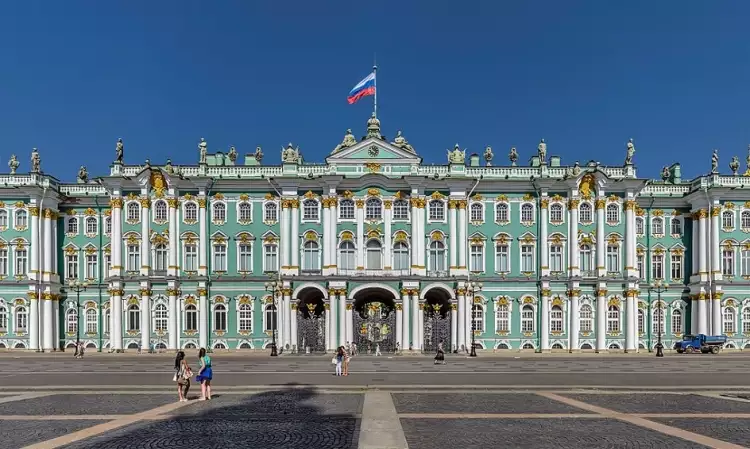 Bartolomeo Francesco Rastrelli. Winter Palace in St. Petersburg, 1754-1762
Bartolomeo Francesco Rastrelli. Winter Palace in St. Petersburg, 1754-1762
Bartolomeo Francesco Rastrelli rightfully belongs among the great architects of all times. His name has long become a symbol of pre-revolutionary national architecture for millions of people in Russia and tourists from various corners of our planet.
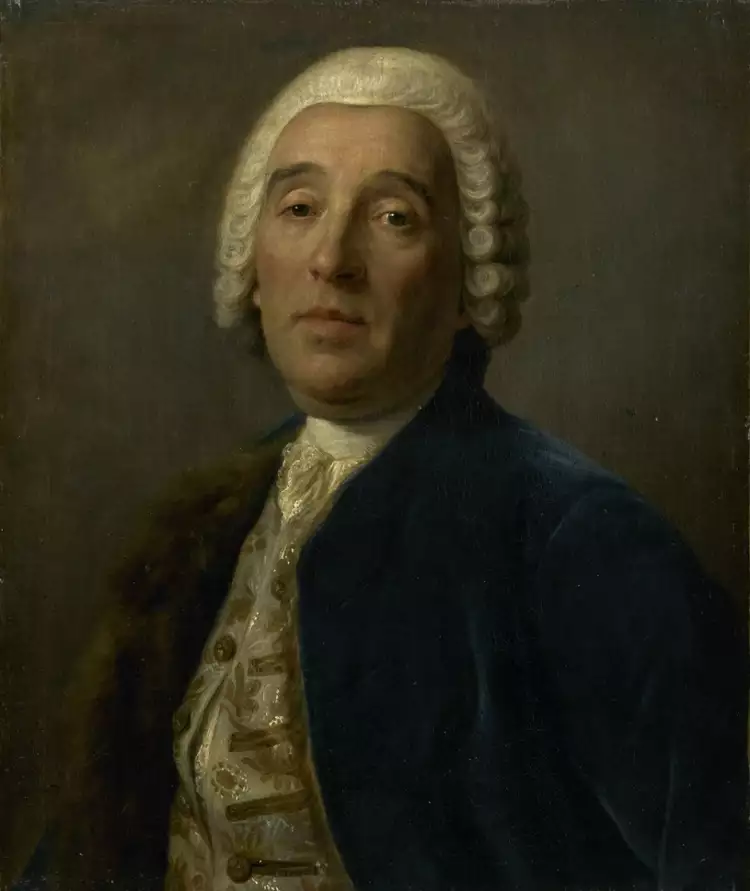
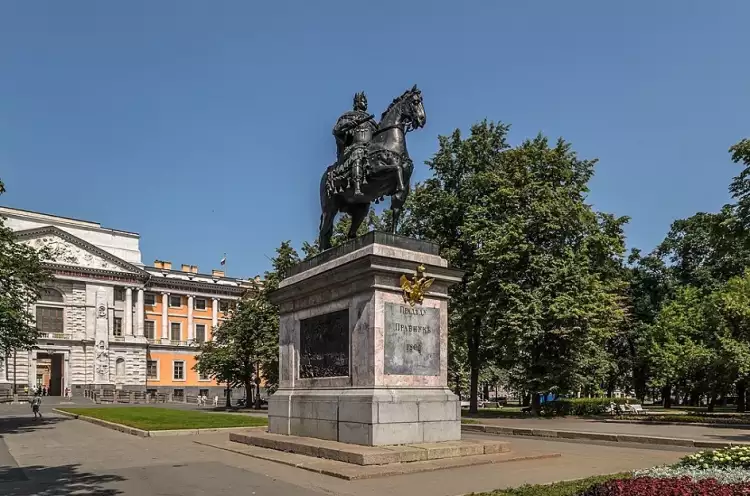
 The painting "Cross in the Mountains" ("Tetschen Altar") by Caspar David Friedrich is an attempt to convey the presence of God through the elemental force of nature
The painting "Cross in the Mountains" ("Tetschen Altar") by Caspar David Friedrich is an attempt to convey the presence of God through the elemental force of nature 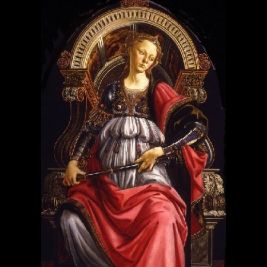 Allegory: Essence, Distinctive Features, History in Art
Allegory: Essence, Distinctive Features, History in Art 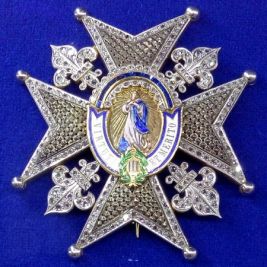 Order of Carlos III is the highest civilian award in Spain
Order of Carlos III is the highest civilian award in Spain 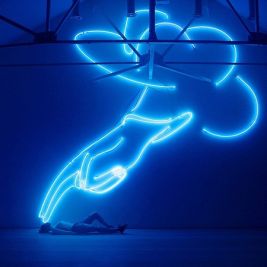 Installation - the modern art of striking three-dimensional compositions
Installation - the modern art of striking three-dimensional compositions 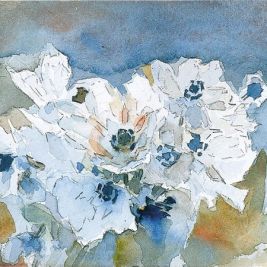 Watercolor - the airy lightness of the rainbow: types, techniques, history
Watercolor - the airy lightness of the rainbow: types, techniques, history 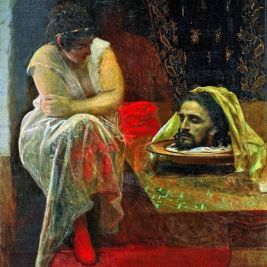 The painting "Herodias" by Ivan Nikolaevich Kramskoi is a moment of terrifying realization instead of the triumph of victory over the enemy
The painting "Herodias" by Ivan Nikolaevich Kramskoi is a moment of terrifying realization instead of the triumph of victory over the enemy 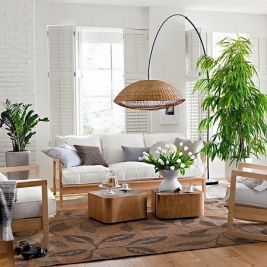 Japandi style in interior design - a minimalist fusion of East and West
Japandi style in interior design - a minimalist fusion of East and West 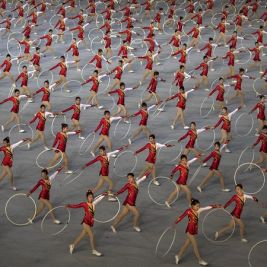 Documentary Photography: Photo story about important events and everyday life
Documentary Photography: Photo story about important events and everyday life 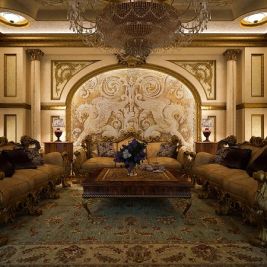 Mannerism style in interior design - the aesthetics of grandeur and the logic of mannerism
Mannerism style in interior design - the aesthetics of grandeur and the logic of mannerism 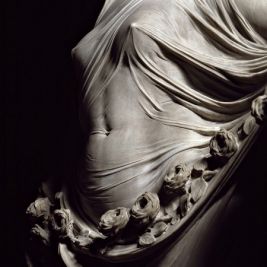 Marble Veil: Trompe-l'oeil Technique in Sculpture
Marble Veil: Trompe-l'oeil Technique in Sculpture